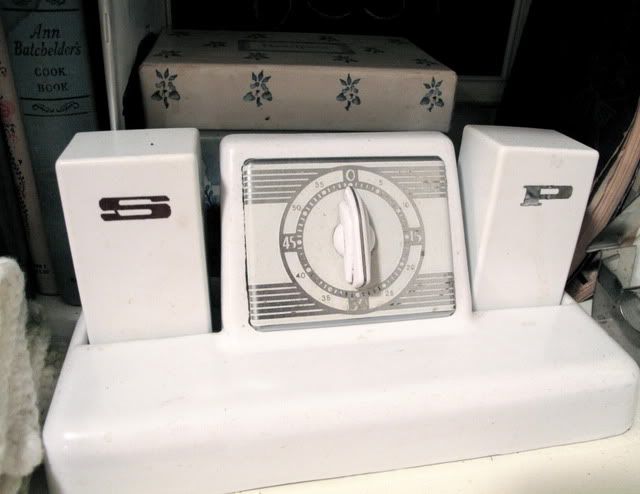- Messages
- 13,319
- Location
- California native living in Arizona.
Question:
This timer worked for about two days after I purchased it and then stopped working.

Any idea how to make it work again? I won't touch it until I know how to fix it for fear I'll make it worse.
This timer worked for about two days after I purchased it and then stopped working.

Any idea how to make it work again? I won't touch it until I know how to fix it for fear I'll make it worse.





